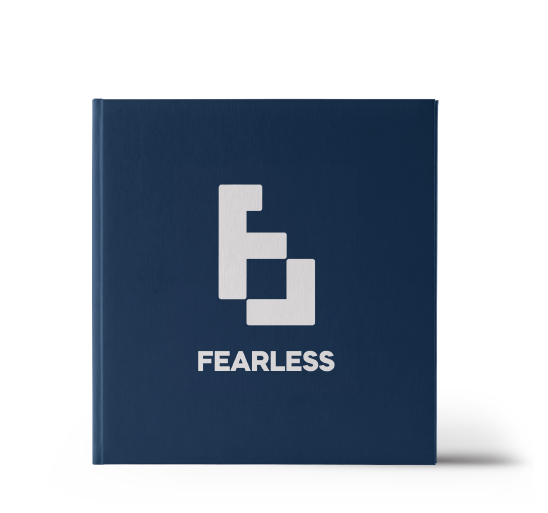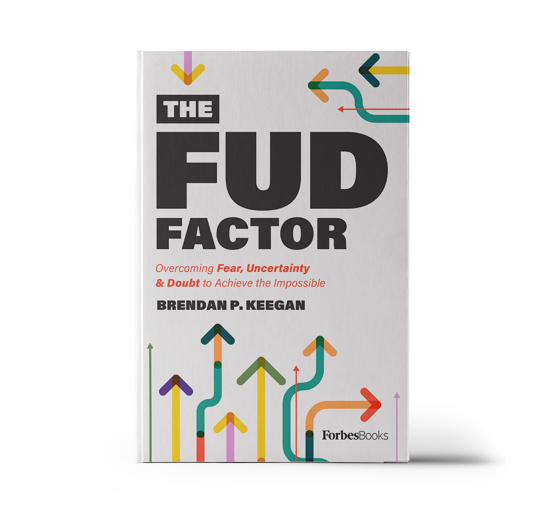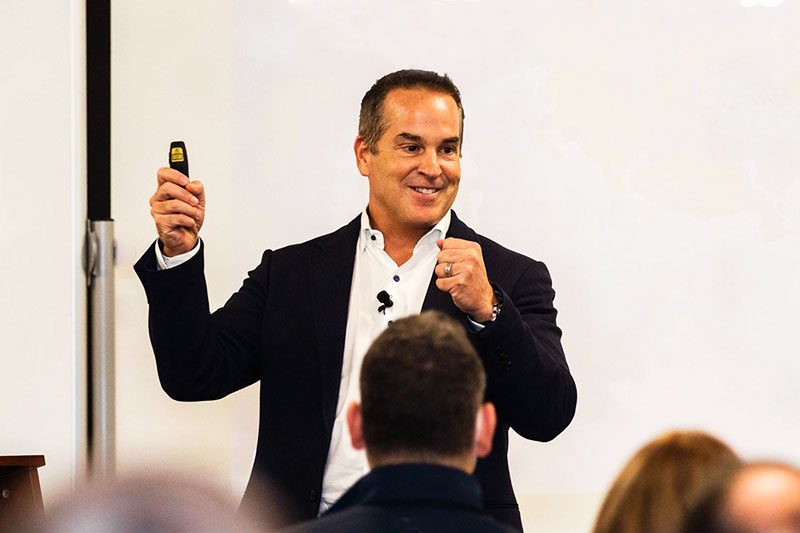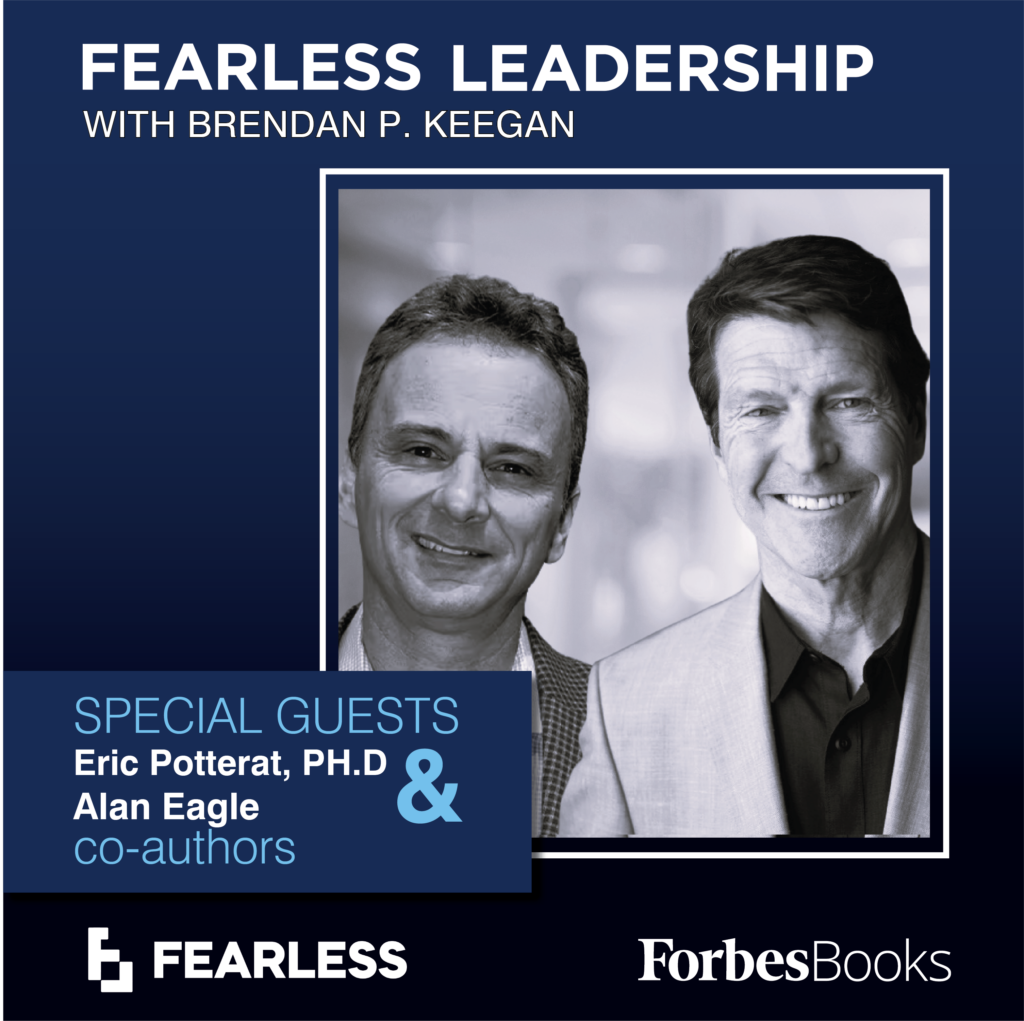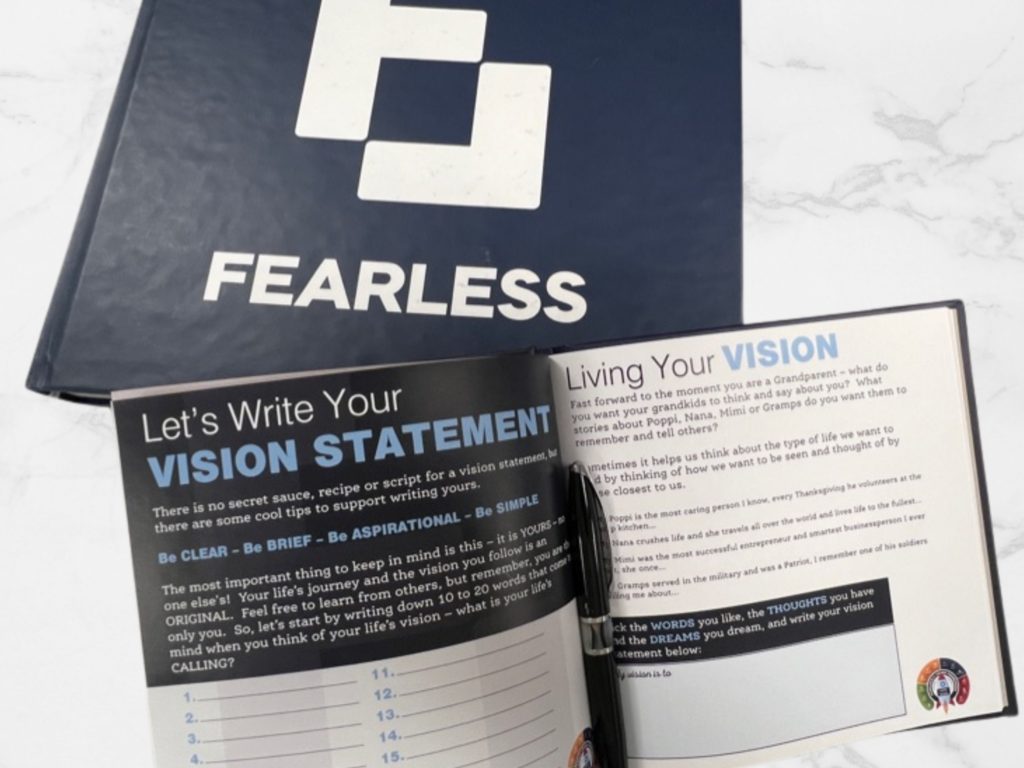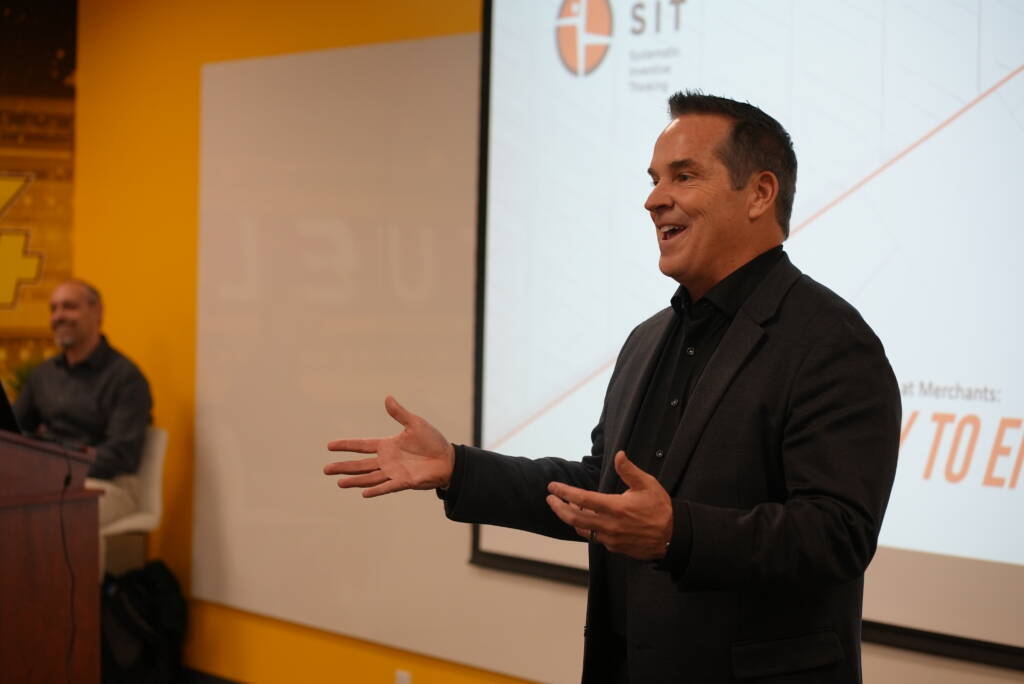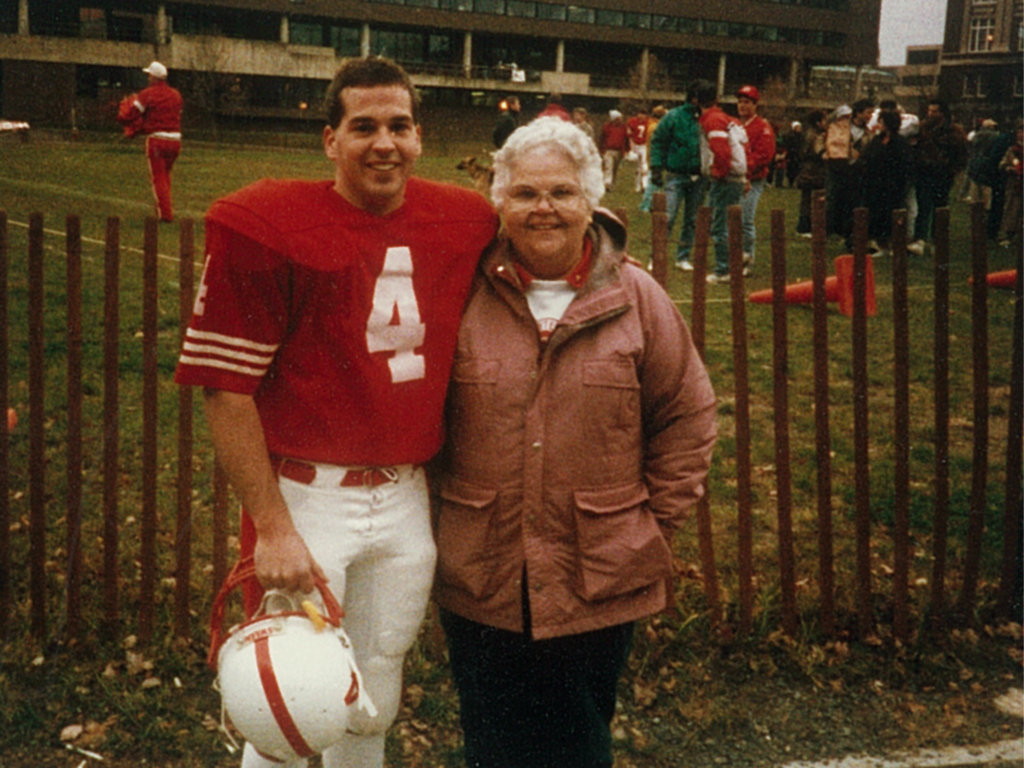Anyone can become angry––that is easy. But to be angry with the right person, to the right degree, at the right time, for the right purpose, and in the right way––this is not easy.
—Aristotle, The Nicomachean Ethics
Whether you are someone who over expresses their emotions, refuses to acknowledge them, or somewhere in between, know that your emotions are impacting how you interact with those around you. Emotions hit you throughout your day, whether you want them to or not. How you deal with those emotions is related to your Emotional Quotient (EQ or EI). Your EQ is your ability to be aware of your emotions, the emotions of others, and the ability to use that awareness to guide your behavior, and the behavior of others.
That’s powerful stuff! As leaders, we are constantly seeking ways to improve and leverage our skills, knowledge, and strengths to achieve our success. Doesn’t it make sense that we should improve and leverage that which significantly impacts how we interact with others and by extension our influence?
Interacting with an underdeveloped EQ is often damaging—think Michael Scott on The Office (or any character on The Office for that matter!). In season 1, episode 3 of the office, Michael, Dunder Mifflin’s regional manager, is forced by corporate to change the employees’ healthcare plan to the cheapest one available. Michael’s primary goal as a leader is to be liked by everyone—giving bad news doesn’t achieve that goal, so he pawns off the task of choosing the plan and being the one to inform the employees of the new plan to one of his associates. The news is received badly. Michael, true to form, deals with the conflict by hiding in his office, telling the receptionist, “Just don’t let anyone in my office under any conditions today, I’m too busy, too swamped. I am incommunicado, unreachable. Capiche?”
We laugh at these extreme low EQ scenarios, but I think we all have some degree of Michael Scott in us. After all, no one wants to deliver bad news to their employees. No one wants to have everyone mad at them. EQ is recognizing that while avoiding the situation may, on the surface, look like the path of least resistance, it won’t solve the problem and, in the end, will create bigger ones. That recognition requires self-awareness.
Think about the last conflict you needed to address. How you felt about addressing the conflict and how you chose to address the conflict may be very different. Think about both. How did you move yourself from wanting to avoid the conflict to the necessary steps to address it appropriately? What were the results? How do you think those impacted by the conflict’s resolution perceived your actions? Awareness of how others perceive you is the second half of the self-awareness equation. Not just how you think they perceive you, but how they really see you. Sticking with this same scenario, are you willing to ask those impacted for honest feedback about how you handled the situation?
It’s a little scary putting yourself out there, but as the Fearless Leader you were meant to be, I know you can do it, and the more you cultivate a culture of an honest, healthy feedback loop, the easier it will become. And the more open communication you have, the more conflicts you’ll avoid—not as in “Don’t let anyone in my office today,” but by employing your EQ to empower healthy collaboration and communication to address potential issues before conflicts have a chance to arise.
Self-awareness is a key component of a healthy EQ, but it’s not the only component. Psychologist and author Daniel Goleman popularized the term Emotional Intelligence with his book, Emotional Intelligence: Why It Can Matter More Than IQ. Goleman’s EI model includes four domains: self-awareness, self-management, social awareness, and relationship management. Within each domain are competencies necessary for someone to be highly effective in that domain. Let’s look closer at self-management, social awareness, and relationships.
Self-management: The ability to manage one’s actions, thoughts, and feelings in flexible ways to achieve the desired results. Within the domain of self-management, Goleman attaches competencies of emotional balance, adaptability, achieve, and positivity. Think of a team moving a soccer ball down the field to score a goal. If all the players involved don’t possess a healthy dose of the competencies required for self-management, they’ll never make it past the center line, let alone the other end of the field.
For organizations to run most effectively to achieve their goals, every employee must have the ability to self-manage. Make a point to observe and assess your teams with self-management competencies in mind. How do they stack up? How can you and your leadership help team members strengthen their ability to self-manage?
Social awareness: The ability to accurately notice the emotions of others and “read” situations appropriately. This is commonly referred to as “reading the room.” We’ve all had those cringeworthy moments when someone’s comment or joke has been met with silence and blank stares, because they neglected to understand their audience. So, how do you successfully “read the room”? With empathy and organizational awareness. Leaders must make the effort to understand employee’s perspectives and maintain a keen awareness of the nature of the relationships, hierarchies, and decision-making processes within the organization.
Pay attention to how others respond. Do their expressions and actions indicate enthusiasm or boredom, interest or frustration? The more you observe responses the better you will be at “reading” your audience enabling you to make an informed decision on how best to move forward.
Relationship Management: The ability to communicate, connect, and maintain healthy relationships. Self-awareness, self-management, and social awareness must all be well developed to manage relationships effectively. The competencies that exist within Goleman’s relationship management domain are influence, coach, conflict management, teamwork, and inspire. Assess yourself in these areas. Where are your weaknesses and why are you weak in those areas? Is it simply a need to improve a particular competency or is there a connection back to a competency within the self-awareness, self-management, or social awareness domain?
Developing your EQ is a work in progress, and you won’t always get it right, but if you consistently role model the behaviors you seek in your employees—including how you recover when you don’t get it right—they will follow you. So if you are facing conflict, don’t hide in your office like Michael, manage your relationship, be socially aware and lean into the situation.
